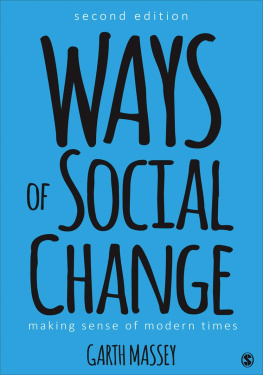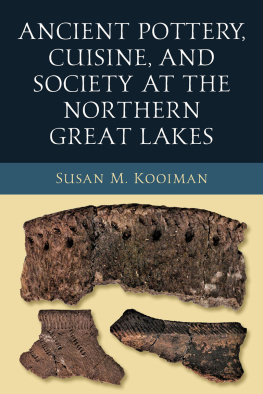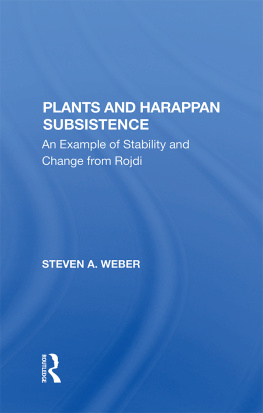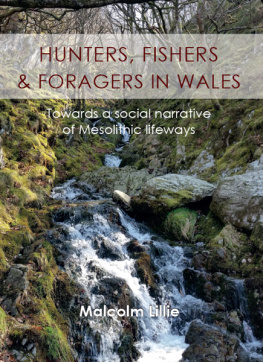Subsistence and Change
Lessons of Agropastoralism in Somalia
About the Book and Author
Focusing on an agropastoral society of southcentral Somalia, this book explores the seeming incompatibility of subsistence agriculture and development goals. Based upon survey and ethnographic research carried out among the Rahanweyn, the study pays particular attention to economic activities, linking them with environmental factors as well as with history, culture, the division of labor and women's roles, family structure, demography, and herding and agriculture. How change can best be introduced into such a society is the central question of the book.
The meaning of subsistence and its relationship to self-sufficiency and a survival threshold are examined within the context of an externally imposed market system. The implications of rapidly induced market involvement in a traditional society are looked at in light of data on a range of subsistence societies. The author argues for a redirection of development practices, making a case for the viability of a mixed agropastoral system that diverges little from the traditional subsistence patterns, and for peasant-centered development compatible with subsistence production, balancing national and international interests.
Garth Massey is associate professor of sociology at the University of Wyoming.
Subsistence and Change
Lessons of Agropastoralism in Somalia
Garth Massey
First published 1987 by Westview Press
Published 2019 by Routledge
52 Vanderbilt Avenue, New York, NY 10017
2 Park Square, Milton Park, Abingdon, Oxon OX14 4RN
Routledge is an imprint of the Taylor & Francis Group, an informa business
Copyright 1987 by Taylor & Francis
All rights reserved. No part of this book may be reprinted or reproduced or utilised in any form or by any electronic, mechanical, or other means, now known or hereafter invented, including photocopying and recording, or in any information storage or retrieval system, without permission in writing from the publishers.
Notice:
Product or corporate names may be trademarks or registered trademarks, and are used only for identification and explanation without intent to infringe.
Library of Congress Cataloging-in-Publication Data
Massey, Garth.
Subsistence and change.
(Westview special studies in social, political and
economic development)
Bibliography: p.
Includes index.
1. Rahanweyn (African people)Economic conditions.
2. AgricultureSomalia. 3. CattleSomalia. 4. Rural
developmentSomalia. 5. Subsistence economySomalia.
6. SomaliaEconomic conditions. I. Title. II. Series.
DT402.4.R35M37 1987 3381.1'0967'73 87-6237
ISBN 13: 978-0-367-28913-3 (hbk)
To my parents,
Leo Francis Massey and Neva Loretta (Belden) Massey
This study is the consequence of several years of research that began as part of an applied project to provide agricultural assistance and improve the infrastructure in Somalia's Bay Region. Project documents called for the performance of a socioeconomic baseline study prior to the initiation of the integrated development scheme. Findings of the study were intended to guide the work of Somalis from various national ministries responsible for resources and government services, as well as expatriate agronomists, livestock experts, plant pathologists and others involved with development efforts in the region. The research was actually contracted for and begun when the project was in its third year. Perhaps fortunately, project activities were slow to get started, and by the time the research was completed little had been accomplished within the various project components that conflicted with the findings of the study or created obstacles to the implementation of study recommendations. It remains the author's hope that with the publication of the present volume, the work on which it is based will have a beneficial effect on decisions to be made with regard to development efforts in the Bay Region's future.
The present examination, however, goes beyond a single development project in one remote part of the world. It addresses the conditions and prospects for positive change in agropastoral societies. Agropastoralism is, for many of the world's people, a means to attain a condition of life that provides favorable odds against what would otherwise be overwhelming environmental uncertainty and material scarcity. A social formation that embraces agropastoralism often exhibits a commitment to subsistence production, and it is thisthe agropastoral subsistence-based societywhich is the focus of the present study.
The self-assurance that powerful nations seemed to display a quarter-century ago, the assumed capacity to effect predictable results in poor and isolated societies, has been badly shaken by a myriad of failed efforts and the lack of enthusiasm many new nations now have for the countries seeking to direct that change. At least as perplexing has been the social disorder accompanying drought that plagued much of Subsaharan Africa in the first half of the 1980s. When not attributable to misguided schemes that intentionally or inadvertently increased livestock numbers or sought to convert subsistence agriculture to cash cropping, the impotence of the world's expertise to recommend doing more than waiting for the rains gave reason for serious self-doubt among development workers throughout much of the world. This has created the opportunity (and need) to reassess approaches and paradigms of the past. It is in this spirit that the present discussion raises questions about the degree of anticipated change and the usual course of events that have characterized previous approaches to subsistence economies.
The interriverine area of Somalia provides an excellent test case for the thesis advanced here: Effective change with long-term benefits for the country is best accomplished when the people most directly affected have maximum control over the course of that change. In a more detailed form in this is referred to as peasant-centered development.
Agropastoralism as practiced by the Rahanweyn is an inventive and fragile mode of production that has not been adequately appreciated for its ability to find solutions to difficulties faced by many societies. While some recent research indicates it may be inappropriate to assume that other societiesnomadic and agrarianwould benefit by the adoption of agropastoral practices, the mixture of subsistence techniques found in the interriverine area exhibits an adaptive capacity that could be relevant to some societies undergoing struggle with environmental and socio-political transformation.
Despite decades of development-related activity in the interriverine area, even as late as 1981 donor groups seemed unaware that the Rahanweyn overwhelmingly display a social formation built upon and supporting agropastoralism. Dividing the population into pastoralists/ nomads, farmers, and a third group engaged in mixed production seemed to provide a conceptual clarity that facilitated the organization of activities targeted for distinct groups of people. Livestock specialists could have their bailiwick, agronomists theirs. The complexity that actually distinguishes agropastoralismand makes it a remarkable mode of productionwas not addressed or appreciated. Today that is not possible. It may, as well, become increasingly difficult in other societies where agropastoralism is found but that heretofore have been perceived or approached as if the people were divided between cultivators and pastoralists, a few managing to be both.








